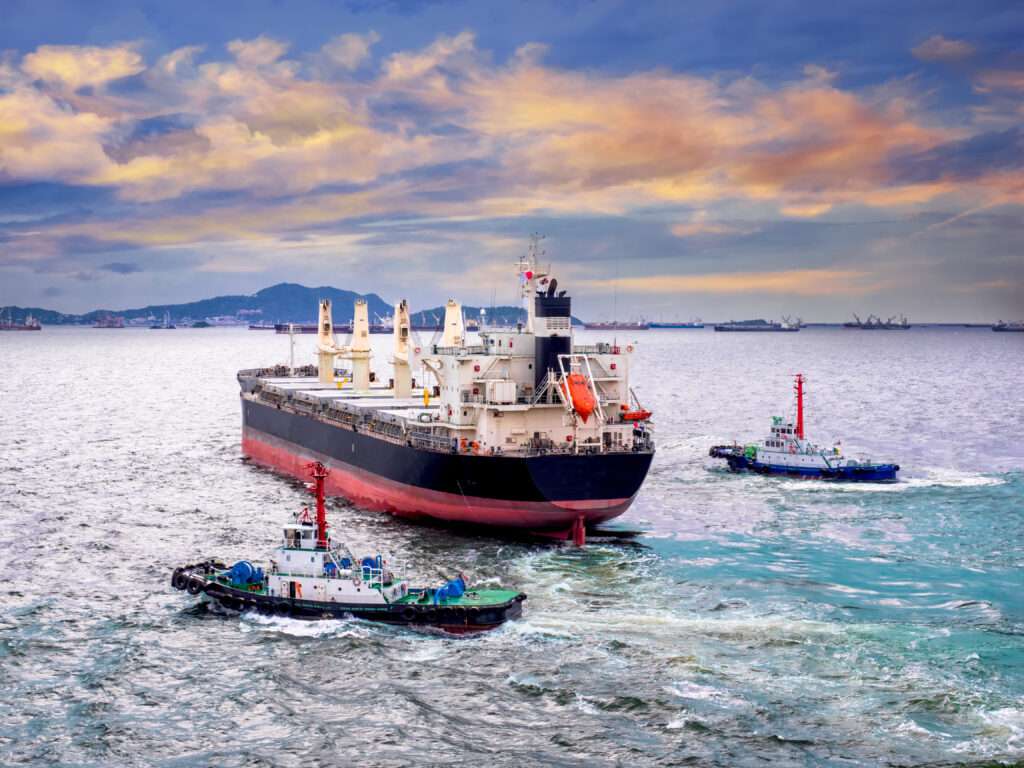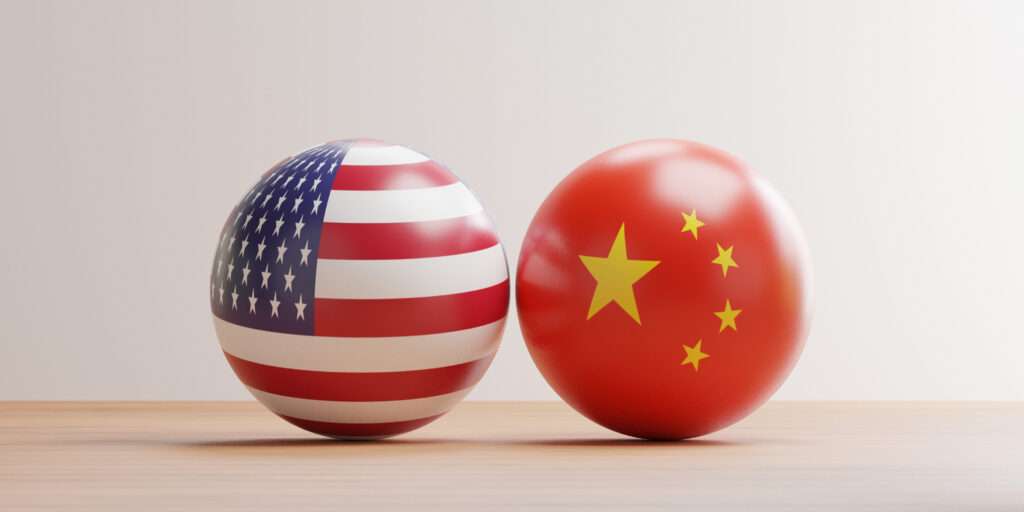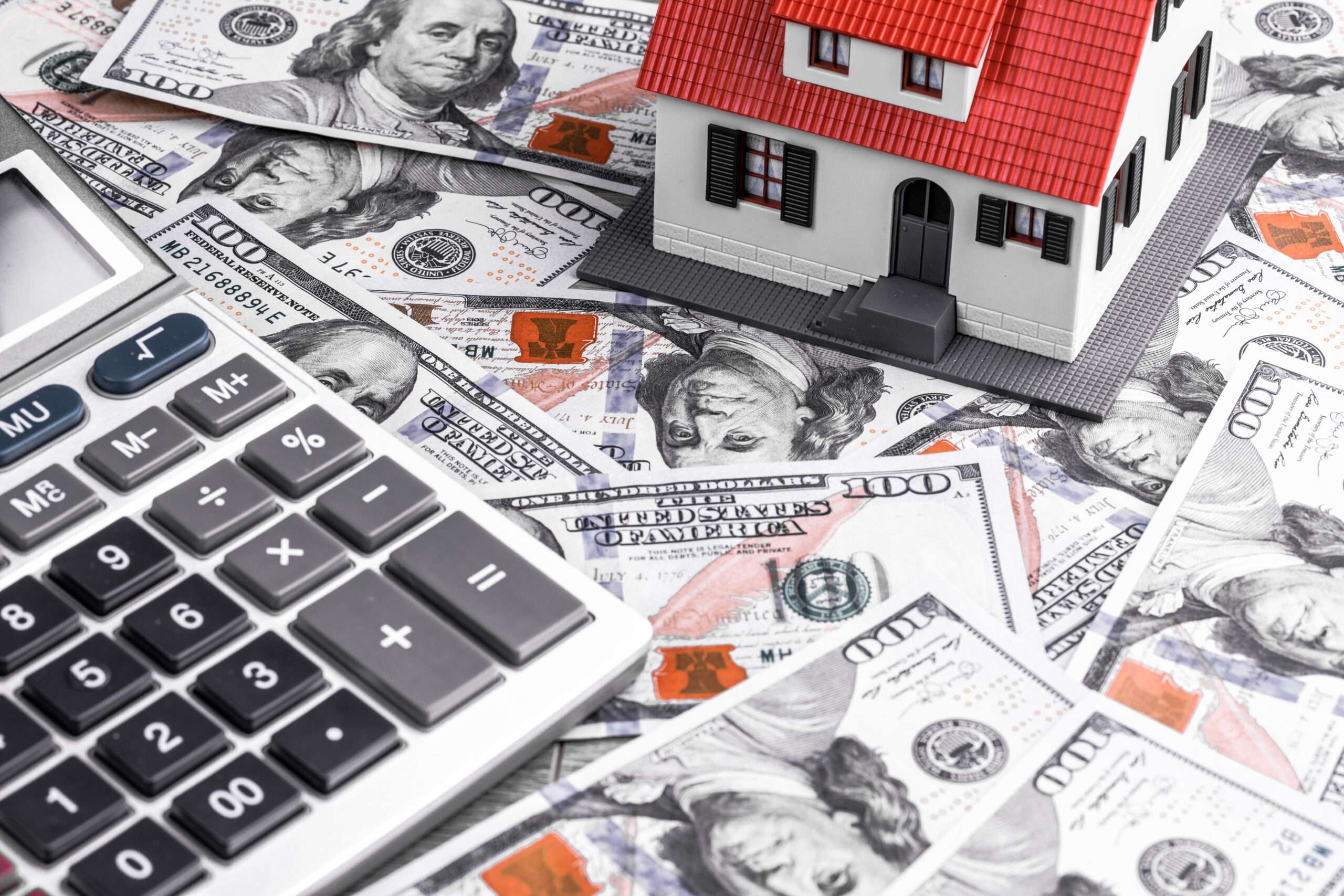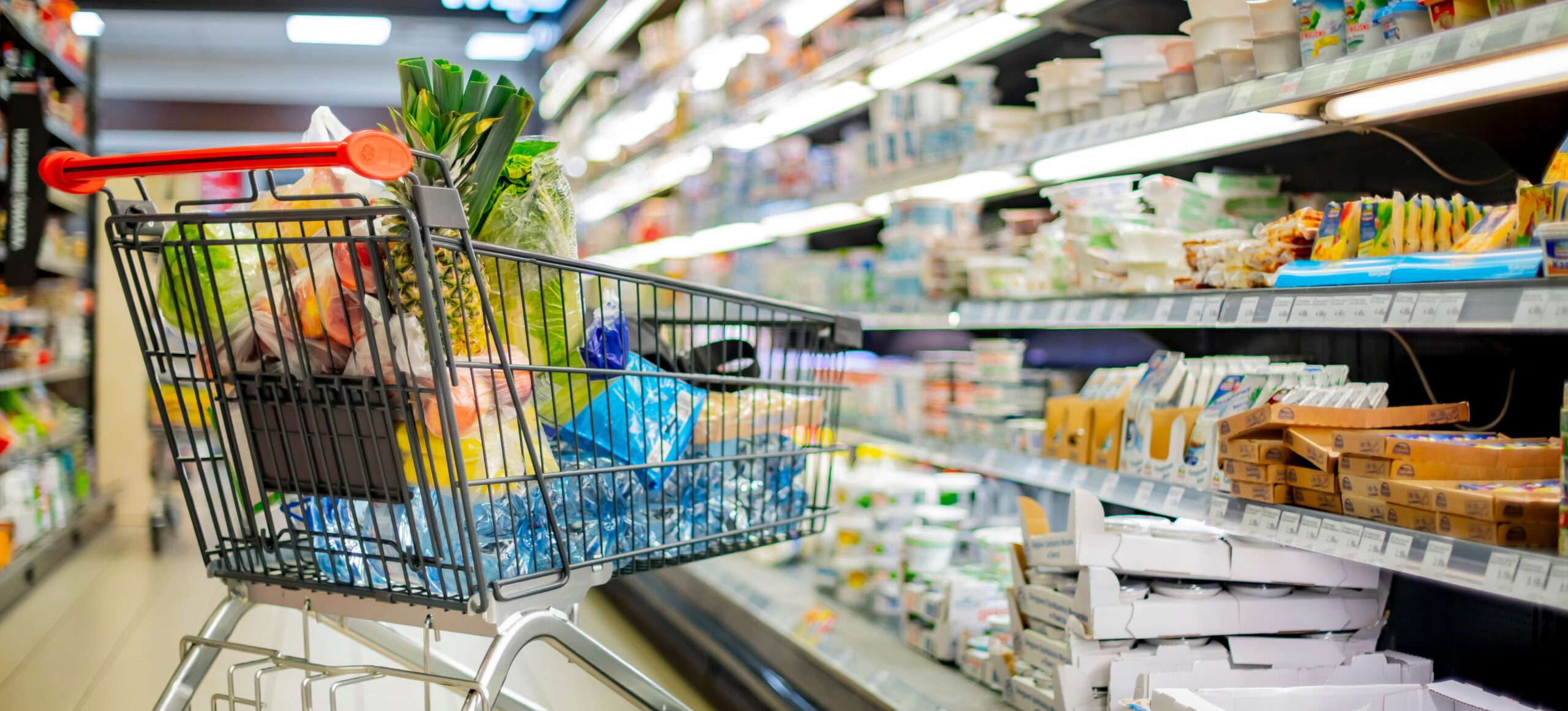President-elect Donald Trump aims to spark a “manufacturing renaissance” by imposing tariffs on imported goods, which would increase the cost of imported goods, making American-made products more competitive. While domestic manufacturers welcome the potential protection, economists caution that tariffs could trigger unintended consequences like rising inflation and interest rates.
A recent Bloomberg article predicts a new wave of tariffs: steep ones on imports from China and moderate ones for other countries—just as Donald Trump pledged during his campaign. However, if his first presidency taught us anything, it’s that unpredictability is his hallmark. From pitting cabinet members against each other to making abrupt policy shifts that surprise even his inner circle, Trump thrives on chaos. This unpredictability could be a reason for cautious optimism regarding the sweeping protectionist measures he plans to introduce.
Inflation Concerns Are Still There
During his first term, Donald Trump imposed tariffs on solar panels, washing machines, and certain metals. President Joe Biden retained most of these tariffs and introduced new ones on Chinese goods, including electric vehicles and semiconductors. Now, Trump is proposing even more aggressive measures: tariffs ranging from 60% to 100% on Chinese imports and a universal tariff of up to 20% on goods from all other countries.
According to reporting by the Bloomberg article to Donald Trump, who proudly calls himself “Tariff Man,” import duties are a catch-all tool used to pursue sweeping strategic goals and secure quick wins against both adversaries and allies.
In his ideal world, the U.S. would return to a 19th-century Gilded Age model, where a small government relied heavily on tariffs rather than income taxes, and American industrialists—today’s equivalents of Elon Musk—amassed immense wealth under the shield of protectionism and minimal competition.
However, the specifics are crucial. While Trump has floated the idea of imposing 60% or more tariffs on Chinese goods and a universal levy of 10% to 20% on imports from all countries, these broad campaign pledges still require detailed planning and careful implementation.

Many Questions remain About the Tariff Plans
This means it may be some time before key questions are answered:
- Will the proposed 60% tariff on Chinese goods apply across the board, or will it target a narrower, more symbolic range of products, as some economists predict?
- Will Trump use tariffs primarily as a bargaining chip, as he did during his first term, or will they become a long-term revenue source to help fund the tax cuts he’s pledged?
If he opts for the latter, he may need Congress to pass legislation to turn those campaign promises into policy.
These questions might be easier to answer in a more traditional or highly disciplined White House, where the president follows a transparent and predictable course. But that’s not Trump’s style. Even if his advisers bring more discipline, there are cracks among potential cabinet picks about the meaning and scope of Trump’s tariff threats.
According to Bloomberg, Robert Lighthizer, a top candidate to return as U.S. Trade Representative—or potentially assume a more prominent cabinet role—remains a steadfast advocate of protectionism. A strong proponent of tariffs, Lighthizer considers the gradual reduction of trade barriers one of America’s most significant economic errors. He sees the implementation of higher, permanent tariffs as a critical achievement for both Trump and his legacy.
Trump’s Trade Strategy Shows Mixed Signals
While Trump champions tariffs, key advisers like potential Treasury Secretary candidates John Paulson and Scott Bessent view them as temporary leverage for trade negotiations. Unlike his hawkish advisers who frame China trade restrictions as a national security imperative, Trump appears more focused on practical outcomes – such as increasing Chinese purchases of American goods or new Chinese-owned factories on U.S. soil.
American households could face a staggering $2,600 annual cost due to tariffs
A recent USA Today article pointed out that the downside, economists warn, is that tariffs can drive up interest rates and reignite inflation. Companies like AutoZone and Stanley Black & Decker have already announced plans to pass their rising operating costs on directly to consumers. According to the Peterson Institute for International Economics, tariffs could cost American households over $2,600 annually. The National Retail Federation estimates that consumers could lose between $46 billion and $78 billion in spending power annually. This could lead to significant price increases, such as athletic shoes jumping from $50 to $64 and mattress sets from $2,000 to over $2,100.

In a February 2020 Twitter thread, Trump criticized former administration officials for using national security to block jet engine sales to China, emphasizing his pro-business stance: “I want to make it EASY to do business with the United States…THE UNITED STATES IS OPEN FOR BUSINESS!”
While Trump has largely dismissed economists’ warnings about tariffs driving inflation and slowing growth, he may tread more cautiously this time. With voter frustration over high prices a vital issue in recent elections, the inflationary impact of tariffs on households could prompt more careful consideration. During his first term, Trump also kept an eye on market reactions to his policies and occasionally adjusted his approach accordingly.
Despite inflation concerns, some U.S. manufacturers, like Marlin Steel, are optimistic about expanded tariffs. Drew Greenblatt, president of Marlin Steel, believes this will boost American factories. “So many jobs are lost because price-sensitive purchasing managers choose Chinese vendors over us,” Greenblatt said. “With these tariffs, I’ll start winning those jobs back. This will be great for American factory workers.”
According to a pro-tariff Coalition for a Prosperous America study, a universal 10% tariff could generate 2.8 million new jobs.
During Trump’s first term, his administration granted numerous tariff exemptions to U.S. companies that argued the duties threatened their operations. In August 2018, Apple CEO Tim Cook personally appealed to Trump over dinner at his Bedminster golf club. Cook’s case was straightforward: How could Apple compete with South Korean rival Samsung if tariffs made its China-assembled products more expensive? “I thought he made a very compelling argument,” Trump told reporters afterward.
This time, another billionaire may want to weigh in on Trump’s trade policies: Elon Musk. Having contributed at least $130 million to support Trump’s reelection, Musk faces potential risks if Trump escalates tariffs, as his extensive business interests in China could become prime targets for retaliation.
Tesla’s deep ties to China – including a new Shanghai battery factory and pending approvals for its driver assistance technology – put Elon Musk in a unique position. Having cultivated relationships with Chinese leadership and Trump over the years, Musk could emerge as either a bridge-builder between the nations or an influential voice shaping Trump’s China policy for Tesla’s benefit. Trump’s history suggests he might favor Musk’s pragmatic business interests over his advisers’ harder line on China.
Tariff measures under Trump are likely to be carefully targeted
A proposed 60% tariff on Chinese imports may focus on specific goods, potentially prompting further supply chain shifts or sparking negotiations between Washington and Beijing. Additional tariffs on European imports are also expected, possibly leading to trade deals where EU nations commit to buying more American products, like soybeans, liquefied natural gas, or even Teslas.
Trump has also signaled plans to renegotiate the United States-Mexico-Canada Agreement (USMCA), citing concerns over Chinese companies using Mexico to bypass U.S. tariffs and the role of Chinese auto parts in the EV supply chain. This could impact figures like Elon Musk, who recently paused plans for a factory in Mexico.
Conclusion
While businesses and investors should brace for economic turbulence, the global economy, having weathered Trump’s first term and the pandemic, may be better positioned to handle his return. CEOs and policymakers are now more prepared for the unpredictability that comes with “Tariff Man.”









